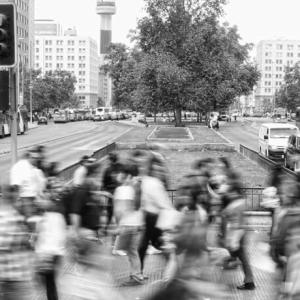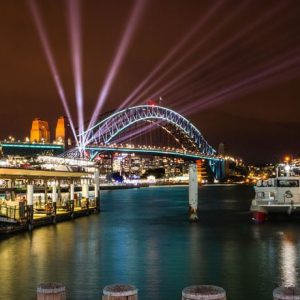
ITS Monday: Edition 18, 2022

A small collection of curated content from the worlds of intelligent transport systems, smart mobility, and associated areas.
Included this week, shifting to electric vehicles, zero emissions buses, healthier cities, active transport benefits, and more.
And just in case you hadn’t caught it yet, we have a new series of interviews with transport professionals – Effects of COVID on the transport sector – what they see now, what they would like to happen post-pandemic, and what they think will happen. If you’d like to be join this conversation, drop us a line!
This week’s articles
Now, scroll down, and see what’s in this week’s edition. Oh, and before you do, be sure check out the quickest way to receive our new content via the subscription box just below …


‘Quick jumpstart’: NSW to spend $38m to speed up EV uptake
News from the NSW Government budget, with the announcement of “… $38m to accelerate the adoption of electric vehicles by building more charging sites, including for apartment buildings and roadsides.” This money is on top of the $633m already allocated for the desire to have half of all car sales by 2030-31 be for electric vehicles.
READ THE ARTICLE
Here’s how to bring down the cost of a brand new EV in Australia
Speaking of electric vehicles and driving the switch away from fuel combustion engines, this article from Gizmodo takes a state-by-state look at incentives offered to encourage people to purchase EVs. “Overall, EV incentives in Australia could stand to be a lot better, and here’s hoping the government will continue to roll out state and federal incentives in the coming months and years.”
READ THE ARTICLE
NSW enters new gear in zero emissions bus transition
The NSW government has announced it will invest $218.9 million over the next seven years to support the bus fleet’s move to zero emissions technology. “Transitioning the entire fleet of buses will reduce Transport for NSW’s emissions by 78 per cent, reduce noise on our streets, improve air quality and ensure our commuters enjoy a smoother ride,” says NSW treasurer Matt Kean.
READ THE ARTICLE
Volvo decides on hydrogen or electric buses
A small part of this article speaks to the headline. But for the most part this is an overview of what’s happening new fuels in bus world across the country.
READ THE ARTICLE

The chance of getting struck by a car on an e-scooter is twice as high at night
This doesn’t strike me as a big surprise, but it’s always good to have the data tell the truth. This study is based on finding from scooter use in Nashville, Tennessee. “This study combined 82 police crash reports with data from 3.1 million shared e-scooter trips in Nashville, TN from September 2018 to January 2022 to evaluate the time-of-day and seasonal crash patterns, controlling for exposure. E-scooter crashes, with cars at least, are more likely to occur during the nighttime, as indicated by crash rates estimated from trip count as an exposure variable.”
READ THE ARTICLE
We are not doing enough to make our cities healthier
The author of this piece had earlier spoken to Professor Billie Giles-Corti, Director of the Healthy Liveable Cities Lab, about international study she was part of looking at the the links between urban design, transport, and health. Results from that study have recently been published in the leading medical journal, The Lancet.
Here’s the link to the series of articles in The Lancet: Urban design, transport, and health.
READ THE ARTICLE
Waterfront walkway to link Sydney Opera House and Parramatta
Sydney meanwhile, has made an announcement about a large, long attempt at making that city healthier. Another budget announcement, it is to link existing pathways, with some new build, to make a 91-kilometre walking and cycling track that will weave along Sydney Harbour and the Parramatta River, from the Sydney CBD to Parramatta.
READ THE ARTICLE
Want to increase active travel rates? Invest in cycling and walking paths, study suggests
As we often do, we finish with a story from New Zealand. Professor Michael Keall, from the University of Otago, has released a new study examining walking and cycling infrastructure and behaviours in Hastings and New Plymouth.
READ THE ARTICLEDiscover more from iMOVE Australia Cooperative Research Centre | Transport R&D
Subscribe to get the latest posts sent to your email.

